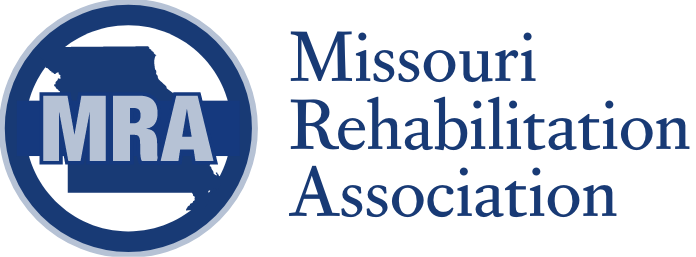In this section you will define professional engagement and discuss actions to increase your professional well-being.
“Professional engagement refers to the level of commitment and active participation that individuals exhibit in their professional activities and careers.”
Professional Engagement
The average person will spend 90,000 hours of their life at work. If this number is remotely accurate, it would be advantageous to engage in professional behaviors that support a healthy perspective. Having an awareness of professional engagement behaviors and engaging in behaviors that promote well-being integrate nicely into understanding career development stages.
Professional engagement refers to the level of commitment and active participation that individuals exhibit in their professional activities and careers. It encompasses a genuine interest and enthusiasm for one’s work, as well as dedication to ongoing learning, adaptability, and excellence in performance. Professional engagement goes beyond the routine tasks associated with a job and involves a proactive and positive approach to professional development, collaboration with colleagues, and contributing to the broader goals of the field while maintaining a healthy work life.
Think about the times you are most engaged at work, what are you doing?
Are you working with colleagues or collaborating with clients to achieve their goals?
Are you attending a training or thinking about ways to complete tasks more efficiently?
Are you participating in a professional organization, seeking a mentor, or striving to be the best possible professional?
These are just a few professional behaviors that increase your engagement and provide other health and work benefits. Research has demonstrated that individuals who are more engaged have higher levels of energy and overall well-being (Harter et at., 2002; Schaufeli et al., 2008). Moreover professional engagement helps to decrease burnout and intention of leaving current employment (Leiter & Maslach 2016, & Saks 2006).
Exploration Activity
There are seven characteristics included in the definition of professional engagement. Read the following characteristics and think about the ones that speak most to you. It is not expected that individuals align with all seven but rather embrace the characteristics that fit most with your current career stage. If it is helpful, use the graphic of professional engagement and circle the number that best represents your alignment with each characteristic. 1 equals low alignment and 5 equals complete alignment.
Commitment to Excellence (way of being): Committing to being the best professional while following ethical standards and best practices.
Ex. adhering to ethical standards, seeking supervision, enthusiasm for profession, keeping a growth mindset.
Continuous Learning: Seeking opportunities for development as a professional.
Ex. Continuing education, certifications, reading research related to the field, attending conferences.
Collaboration (effective practice): Working with others to foster mentorship and encourage case consultations.
Ex. Seeking a mentor/ mentee, discussions with colleagues, seeking supervision, joining a professional organization.
Connection (social/ positive relationships): The utilization of colleagues and other professionals to encourage healthy relationships and avoidance of isolation.
Ex. 'work family', staying connected to the workplace/ profession, networking.
Changeability: The willingness and ability to adapt as the field develops.
Ex. being adaptable and open minded.
Creativity: Being able to create new and innovative ways to advance the field and individual professional development.
Ex. new interventions, conducting and participating in research.
Continuity: Sustaining a well-balanced lifestyle.
Ex. self-care, hobbies, positive emotions, healthy relationships.
Listen to the podcast to learn more about professional engagement.
Use the graphic of professional engagement and circle the number that best represents your alignment with each characteristic. 1 equals low alignment and 5 equals complete alignment.
Summary
In this section you were introduced to the concept of professional engagement and the seven characteristics or behaviors that individuals can engage in to progress in their careers and more importantly can lead to increased well-being and a decrease in burnout. Perhaps it is useful to re-examine your career development goals and evaluate if any of the seven professional engagement characteristics can be added to your goals. If you are not quite in the action stage, which aspects of career development and professional engagement can you continue to reflect on or who can you have a discussion with regarding professional engagement? The following section will introduce you to motivation and its impact on your career.
-
Harter, J. K., Schmidt, F. L., & Keyes, C. L. M. (2002). Well-being in the workplace and its relationship to business outcomes: A review of the Gallup studies. Flourishing: Positive psychology and the life well-lived, 2, 205-224.
Leiter, M. P., & Maslach, C. (2016). Burnout and engagement: Contributions to a new vision. Burnout Research, 3(4), 185-189.


